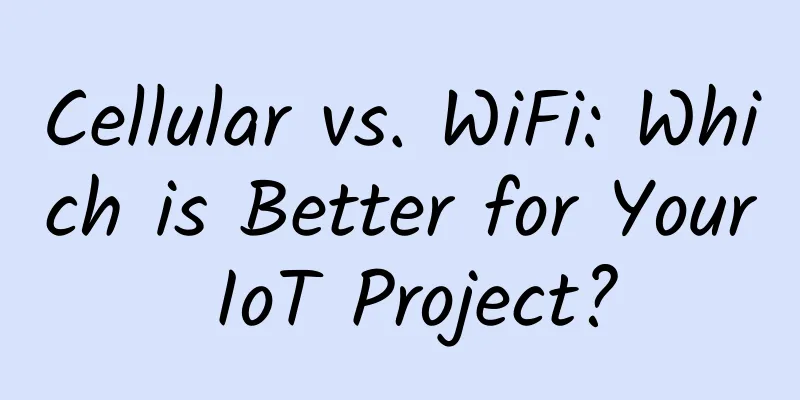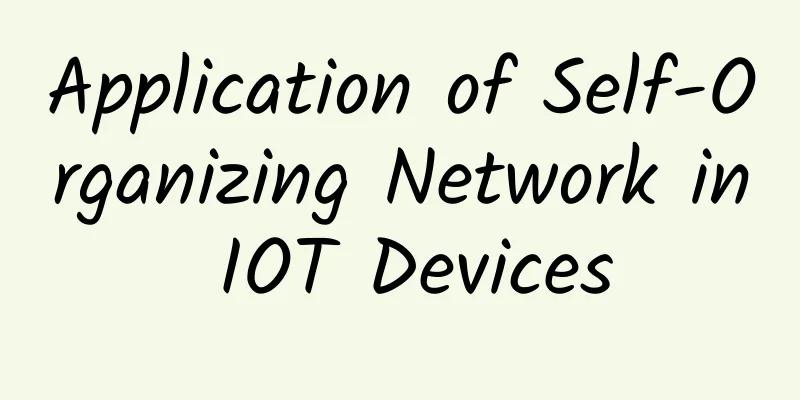Huawei releases full-scenario intelligent connectivity solution

|
[Beijing, China, October 13, 2020] Today, the 6th Global Ultra-Broadband Forum (UBBF 2020), co-organized by the United Nations Broadband Commission and Huawei, opened in Beijing. With the theme of "Intelligent Connectivity, Creating New Industry Value", the forum discussed the challenges and opportunities for the development of the connectivity industry in the intelligent era. At the meeting, Huawei's Executive Director and Chairman of the Product Investment Review Committee Wang Tao delivered a keynote speech entitled "Building Intelligent Connectivity and Building an Intelligent World" and released the "Full-Scenario Intelligent Connectivity Solution" for home and enterprise scenarios, leading home broadband into the experience era and accelerating the digital transformation of thousands of industries. In the era of intelligence, the connectivity industry is experiencing five major changes Every upgrade in the way of connection will bring a qualitative leap in the development of human society. In the era of intelligence, the connection industry is experiencing five major changes. New technologies such as cloud and AI are accelerating their integration with connections, and individuals, families and businesses are also putting forward higher requirements for connections. Specifically: The first change is from the Internet of Everything to the Intelligent Internet of Everything, and further to the Intelligent Internet of Everything. In the era where people and families are the main objects, "connecting" is the main goal, which is the Internet of Everything; with the acceleration of full-scenario smart life and enterprise intelligent upgrades, the connection of things needs to be smarter, and the goal of this stage is the Intelligent Internet of Everything. According to third-party forecasts, by 2035, the number of global connections will reach one trillion, and "ubiquitous connection and pervasive intelligence" will become a reality. The second change is that home connection services are more diversified, and enterprise connection scenarios are more diverse. The COVID-19 pandemic has brought about many changes in the demand for home broadband services, with remote work and online education growing rapidly. From the perspective of enterprise scenarios, connection technology has evolved from mainly serving office scenarios to serving all office and production scenarios. The focus of digital transformation has shifted from digital office to digital operations, transactions, and operations. The third change is from best efforts to differentiated services + deterministic guarantees. Connectivity has entered thousands of industries, and diverse business scenarios have led to differentiated connectivity requirements; differentiated services are the default option, and deterministic guarantees are a must. Only when operators have these two capabilities can they get a ticket to enter the vertical market. The fourth change is that the access technology capability has increased from 100M to 1G on any medium. In the field of connectivity, there are multiple access technologies such as cellular, Wi-Fi, and optical fiber. The diversity of business scenarios determines the long-term coexistence of multiple access technologies. Through the joint efforts of the industry, now, whether based on 4G, 5G technology or based on WIFI and optical fiber access, ubiquitous 1G connectivity can be achieved. The fifth change is from manual operation and maintenance to hyper-automation. Compared with 4G networks, 5G networks bring higher complexity to network operation and maintenance. Faced with increasingly complex networks, the manual-based operation and maintenance model is unsustainable. Big data and AI must be introduced to reduce decision-making complexity and realize the transition from manual operation and maintenance to hyper-automation. +AI, towards intelligent connectivity The five major changes have put forward many new demands for connectivity. To meet these demands and unleash greater productivity through connectivity, connectivity needs to be upgraded. First, bandwidth capacity is the basis of connectivity. To meet the needs of ultra-high-definition video, VR/AR applications, AI cameras, drones, etc. in home and enterprise scenarios, ubiquitous and seamless gigabit connectivity is required; secondly, to meet business needs such as office and learning in home scenarios and the needs of safe and reliable production in enterprise scenarios, the connection network must be able to provide a deterministic experience; thirdly, the scale and complexity of the network have increased exponentially, and big data and AI must be introduced to achieve hyper-automation. Therefore, connections in the new era need to have three major characteristics: ubiquitous gigabit, deterministic experience, and hyper-automation. This is intelligent connection. Huawei releases full-scenario intelligent connectivity solution At the meeting, Wang Tao officially released the "Full-Scenario Intelligent Connection Solution", launching an intelligent distributed access solution for home scenarios; and three major solutions for enterprise scenarios, including intelligent campus networks, intelligent quality dedicated lines, and intelligent cloud network solutions. l Intelligent distributed access. This solution has comprehensively upgraded home terminals, central offices and network management, achieving gigabit full-home Wi-Fi coverage, high-quality service experience and accurate identification of poor-quality users, helping operators move from demographic dividends to experience dividends. l Smart campus network solution : This solution helps operators build a one-stop network solution for enterprises to migrate to the cloud through unified LAN & WAN management, Gbps full wireless access, and AI-based intelligent operation and maintenance. l Intelligent premium private line: This solution can effectively reduce latency through all-optical switching, support operators to create a 1ms latency circle, and bring the ultimate experience to high-end enterprise users; based on the flexible hard pipe of liquid OTN technology, it can achieve 2M~100G flexible bandwidth access and lossless service adjustment; by bundling wavelength or sub-wavelength pipeline resources, it provides wavelength-level private networks for enterprise customers. l Intelligent Cloud Network Solution: Intelligent Cloud Network is Huawei's cloud-network integrated network solution for the cloud era. Based on intelligent IP networks, it builds a high-quality cloud service private network and provides enterprises with multi-cloud services. Wang Tao said in his keynote speech: "Over the past 30 years, Huawei has been working with customers and partners to create full-scenario smart life for families, promote the intelligent upgrade of various industries, help the development of the digital economy, and make human life better. Based on our long-term investment in 5G, F5G, IPv6+ and other fields, today we released a full-scenario intelligent connection solution to make ultra-broadband networks more efficient and environmentally friendly, and make the future society more intelligent. In the future, Huawei will continue to strengthen basic research, continue to invest in the field of next-generation network technology, and work with all sectors of society to build a more low-carbon, efficient and intelligent world." The Global Ultra-Broadband Summit is a global flagship conference for the ICT industry in the ultra-broadband field. At this conference, guests from the Ministry of Industry and Information Technology, China Academy of Information and Communications Technology, and the three major domestic operators delivered speeches and keynote speeches. For more technical information about the four scenario solutions, please download the white paper: |
<<: What are the challenges of using multiple team collaboration apps?
>>: The arrival of the fourth largest operator, what can it change?
Recommend
Talking about IPv6 technology research in 2019
In March 2019, the "Report on the Implementa...
What is a patch panel and what is it used for?
Patch panels are important network components tha...
5G is not for demonstration, but for use: my country has entered the second half of 5G
Simply put, demonstration and use are two differe...
Strategy Analytics: 5G continues to grow rapidly despite component shortages
On June 2, according to the latest report release...
Let government affairs walk in the "cloud" - Huawei's practice of government affairs cloud
2017 is destined to be an extraordinary year for ...
Does leaving the router on for a long time affect the Internet speed? Yes, it does!
Is your router often turned off? Anyway, I will n...
The U.S. military attaches great importance to it! 5G private network is about to be implemented at the U.S. Navy base
Recently, Hughes Network Systems (Hughes) announc...
The competition among the four major data center host network virtualization technologies
Since it is the virtualization of the host networ...
Improving time efficiency and accuracy: Carrier routing network mining
1. Introduction The fulfillment time is the lifel...
United Nations: Food crisis is approaching China: Smart agriculture can protect against the crisis
Entering 2020, the term "food crisis" s...
10gbiz: Hong Kong CN2 GIA/Los Angeles CN2 GIA line VPS 60% off $2.75/month
10gbiz has released a current promotion, with 40%...
Best Practices for Data Center Disaster Recovery
Today, data center operators worry about high ava...
Finally someone explained traffic operation clearly
[[428404]] This article is reprinted from the WeC...
DesiVPS: Los Angeles 1Gbps unlimited traffic VPS from $18.99 per year, Netherlands VPS from $20 per year
DesiVPS's latest promotion is similar to the ...
Sogou opens dictation service, the voice recorder industry enters the AI era
On August 28, 2019, Sogou held a press conference...









